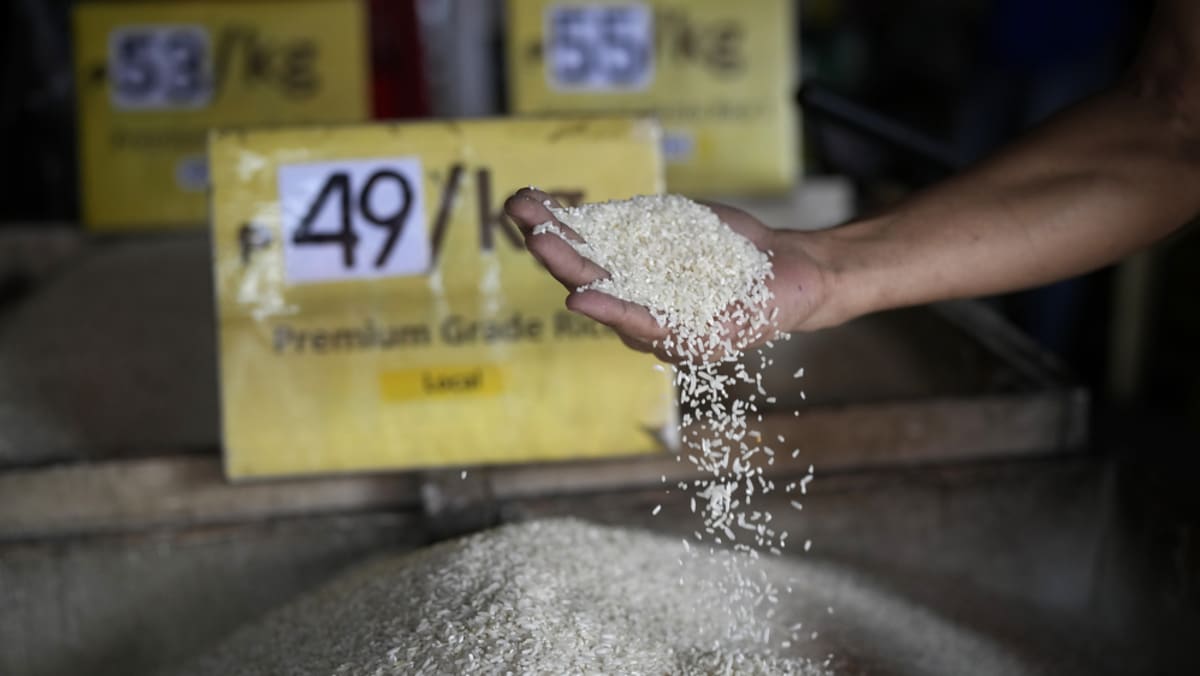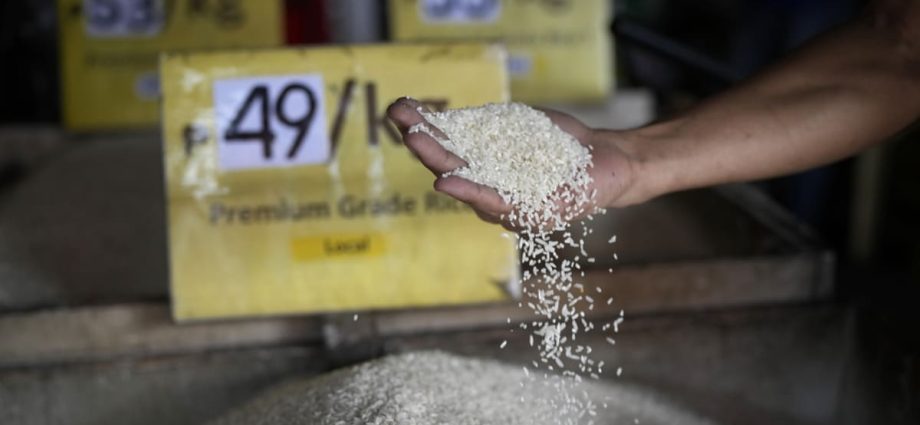
BALANCING DOMESTIC NEEDS WITH EXPORTS
As chair of the 2023 G20, and with Indonesia’s successful 2022 G20 Summit still fresh in mind, India seeks to balance domestic needs with export reliability.
As the Indian shock to the world rice market unfolds, three countries are in the spotlight.
First, the question remains whether Indonesia will receive the full 1 million tonnes of rice it contracted from India. If it does, that will calm the whole world rice market.
Second, the status of the Philippines’ rice stocks is crucial. A number of experienced technocrats in the Philippine Cabinet have likely planned for this contingency.
Third, Vietnam’s export patterns warrant scrutiny. While its crop outlook seems good, there is always the danger that the Vietnamese government might restrict exports in response to domestic hoarding. Managing price expectations in Vietnam will be critical.
In a rice emergency, all eyes inevitably turn to China. Its rice production has suffered significantly from heat and floods. The exact level of rice stocks is a state secret but they are by far the largest in the world. Still, they are dispersed geographically, which somewhat limits central government access and control.
Food security in China is a high priority, and with both wheat and rice prices rising, it is hard to tell what the Chinese response will be. Any effort to pre-emptively procure more imports will spook the market.
In a real rice panic, Japan might play a similar role as in 2007. Then, the mere announcement by Japan’s prime minister that Japan would start negotiations with the Philippines to sell some of its surplus WTO rice was sufficient to prick the speculative bubble. This sent world rice prices sliding.
Japanese rice stocks are smaller now than in 2007, but even an offer of half a million tonnes to the neediest buyers in the region could calm any panic buying.

